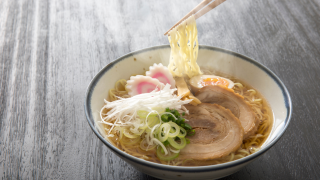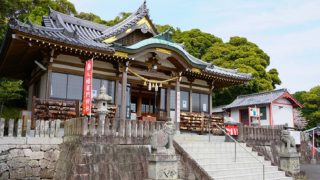 LOANWORD
LOANWORD Luxembourg in Kanji “盧森堡”: A Journey Through History and Japanese Views
Luxembourg is often imagined by Japanese people as a country of prosperity, finance, and cultural refinement. Beyond its kanji name 盧森堡, the nation embodies a reputation for high living standards, strong international influence, and a unique balance of tradition and innovation, offering a perspective that resonates with Japan’s own values of harmony and progress.









